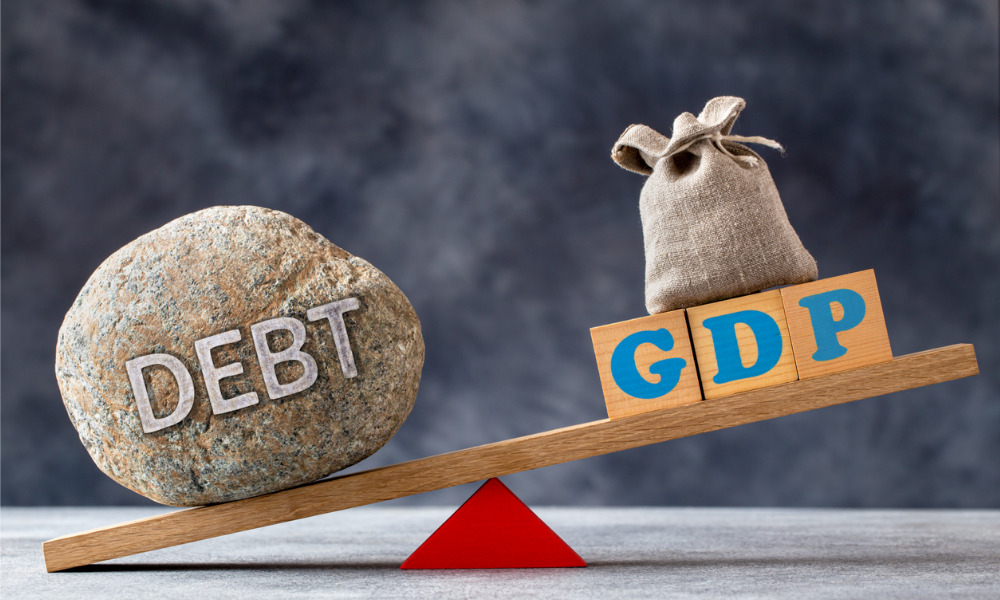Why controlling global debt leverage requires a ‘Great Reset’

In its base-case scenario, it is assumed that by the conclusion of the following eight years, overall debt leverage will have increased by 5%, which is almost the same rate as the eight years prior to COVID-19’s impact in 2020. Given that stronger GDP growth is anticipated in emerging nations, a minor increase in leverage can be observed relative to established markets.
The anticipated global debt-to-GDP ratio in 2030 could, therefore, might see a GDP ratio of 366% compared to the 349% in June 2022. In base case for rated sovereigns, the overall gross debt-to-GDP ratio of mature market sovereigns will slightly increase from 106% in 2022 to 107% in 2025. For new markets, the anticipated ratio is essentially unchanged at 65%.
According to the pessimistic scenario, the projected debt-to-GDP ratio could rise to a much more worrisome 391% by 2030, up 12% from the June 2022 level of 349%, if global borrowers freely take on more less-productive debt, for instance, because governments give in to populist demands or lenders are overly anxious to book assets.
But what if, according to the optimistic scenario, regulators and governments agreed to jointly manage their economies’ leverage down, hoping to reach pre-COVID-19 levels by 2030? By 2030-end, the debt-to-GDP ratio could then drop by 8% to 321%.
The ratio in the first quarter of 2019 was 321%. This does not mean that no new debt is created; rather, it means that productive new debt replaces unproductive old debt




